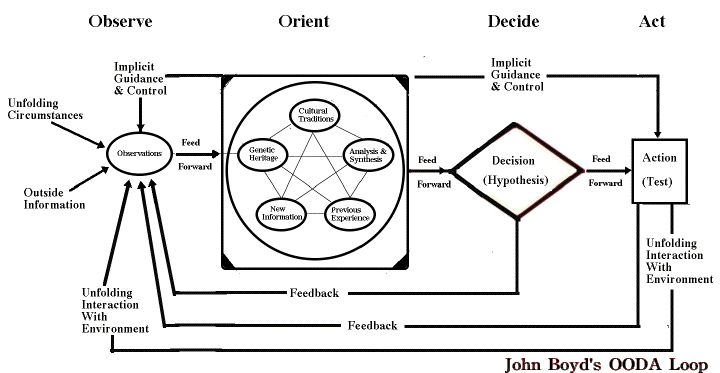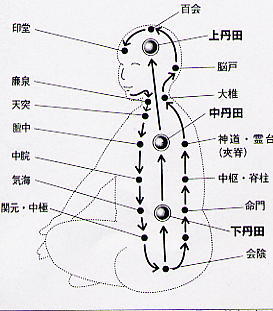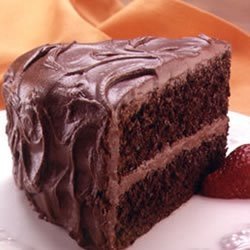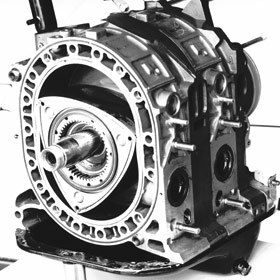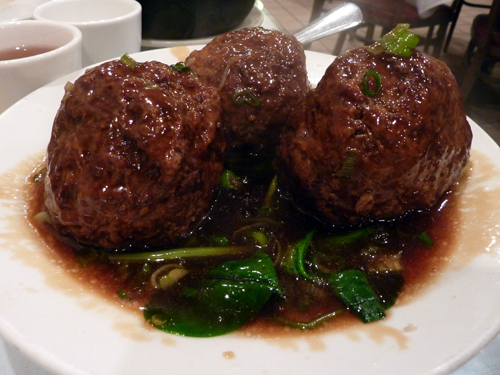I often find myself, willingly I suppose, in conversations where the notion of martial arts is limited. I'm speaking here about the expectations of whom ever I'm conversing with. If someone where to randomly ask me, "Hey, what do you think martial arts are all about?" I'd be like, "I could easily give you a satisfying definition of all the elements of martial arts in a 22 hour lecture format." And after pointing loosely to the theatrical, the actual fighting skills, the religious, the healing, the asocial, the psycho-social, the sensory-somatic-developmental, the intuitive, the improvisational, the heroic, and of course the hermit-culture ways of thinking about the arts--I might elicit this response, "Oh, you mean, like, martial arts lifestyle! yeah, cool." Self-defense Style
Self-defense Style
Wait a second. Is that what I mean? Not to be confused with self-defense lifestyle, I suppose. Or the tai chi lifestyle.
In any case, it seems really important to get the fashion correct. I wonder about the possible usefulness of leggings, explained here, there may be some health benefits, and I would think that wraps made out of leather, silk and chain might be the next big thing in urban armor. And I came across this umbrella page too, not really my thing but moving in the right direction.
China Beat, the blog, just gave up the scene. The final post was a bit unfocussed, something about Twitter and social networking having made blogging uncool. It hurts a bit. I mean, I don't where we are going! But the idea that I might be a representative of some kind of lifestyle is intriguing.
I keep hearing about people who don't have jobs right now, and I'm thinking, what is a job? Is there such a thing as job lifestyle? Back in June I moved to the Montclair part of Oakland, California. It is like a Daoist paradise up here. The gentle fog floats down in the valleys and all I see is a sea of spiralling mists with scattered trees poking up from the abyss. I can sit out on my luxurious deck and absorb the warm, fresh, quiet air. It's not that I'm consciously avoiding being busy in my languid effortlessly inspirational purple mist, it's just that the rest of the world is doing something important. (Even my wife is doing acupuncture and milking goats.)
The idea of "lifestyle," may trigger a bit of ironic caution in me but it is a potent force none-the-less. I remember living in San Francisco in the 1970's when you couldn't walk anywhere without stepping in dog poo. It was a constant struggle to survive. Perhaps we cursed the dogs, or the dog owners, but there was an inevitably about it. It wasn't until people with a gay lifestyle decided it was cool to pick up dog poo that the average person started to think, "Hey this is a whole group thing we're doing here, we can end this!" And now it's gone. A change in lifestyle, is a change in the social-mind fabric of spatial rightness and wrongness.
 So that's what I'm thinking about, I'm thinking about the martial arts lifestyle, how can I make it happen? I'm not sure what the elements are yet, but I'll take a jab at it.
So that's what I'm thinking about, I'm thinking about the martial arts lifestyle, how can I make it happen? I'm not sure what the elements are yet, but I'll take a jab at it.
Fashion is big, fashion is communication. People who see us need to know we are living the martial arts lifestyle. A type of loose fitting but strong pants? A hat that can be manipulated for view obscuring, or to draw fire? A "business" knife? A think-twice-about-that pencil? Nearly barefoot shoes? A swagger? Clothing that rips easily? or perhaps indestructible tyvek? Short hair or long? a top knot? Stretchy and tight fitting clothes or loose and flowing? And what kind of bag is best? Is there a martial arts smell? Look, it is already obvious to me when a person has a bit of mojo, if we make it into a recognisable look, how far away could consciousness raising be?
Obviously it isn't just about fashion. It is about practice. And practice is about making time.
Ah time, we all knew it would come to this. Birth on one side, death on the other. I have stumbled into a career of sorts, teaching martial arts. My enthusiasm drives me even more than guilt. I'm like a kid in a candy shop, an archeologist in a tomb, a mountaineer on an ice waterfall! And yet, teaching ain't easy. The world changes around us. I started out as an artist, I did ceramics at the high school of the arts and then I moved into dance. I started thinking pretty early about how I could get the time to be an artist. How I could be free to do whatever I wanted whenever I wanted to do it. In the early 1990's before the Berlin Wall came down, there was a big fuss about the National Endowment for the Arts (NEA). People were getting government money to make a type of art that was pretty offensive to a large swath of the tax paying public. There was a lot of protest art being made, in general; I participated in a bunch of "no limits on what gets funded" performance projects. For instance I danced naked at the LA Arts Festival and the Berkeley Art Museum, did the mud-people thing crawling through the financial district, weird public sex rituals, I'll spare you the details. Fun stuff, inspired movement, iconic imagery, heck I don't know, whatever; but I came out of it thinking, "You know, I don't really see why people should pay for me to dance naked if they don't want to." See I'm all for self expression, and breaking boundaries, and cutting edge, and protest, and offending the freaking pants off of people, but it just doesn't follow that government should be leveraged to that effect. Some people argue that controversial protest art wouldn't get made if the government didn't fund it. (Cricket sounds.)
 Leg WrapsSo to make a long story short, if you want to practice, and have a martial arts lifestyle, you've got to get your money-time-eat-sleep-love-matrix in order. Most people think they can show up to a martial arts class and just start learning martial arts. But it doesn't work that way. This is where I have to admit I have often failed my students. The students who figure out how to practice on their own, usually have had some experience overcoming a profound obstacle to draw on. The practice-every-day model that most music teachers try to instill is a good place to start, so is the meditate-for-an-hour-without-fail gig American Buddhists have going. One would think that all the discipline we encounter in the world of sports and athletics would translate to a practice, but unfortunately these people are often motivated by a team, and even when they are deeply self-motivated they are often so aggressively goal oriented that the idea of practicing without a goal is too much of a leap. The other problem with people who already have lots of movement training, dancers included, is that they are going to have to un-learn. Un-learning is identity destroying. To use George Xu's rather crude analogy, you have to un-pack your sausage. Sausage, in this case, being a metaphor for muscles and minds conditioned to move in a certain way.
Leg WrapsSo to make a long story short, if you want to practice, and have a martial arts lifestyle, you've got to get your money-time-eat-sleep-love-matrix in order. Most people think they can show up to a martial arts class and just start learning martial arts. But it doesn't work that way. This is where I have to admit I have often failed my students. The students who figure out how to practice on their own, usually have had some experience overcoming a profound obstacle to draw on. The practice-every-day model that most music teachers try to instill is a good place to start, so is the meditate-for-an-hour-without-fail gig American Buddhists have going. One would think that all the discipline we encounter in the world of sports and athletics would translate to a practice, but unfortunately these people are often motivated by a team, and even when they are deeply self-motivated they are often so aggressively goal oriented that the idea of practicing without a goal is too much of a leap. The other problem with people who already have lots of movement training, dancers included, is that they are going to have to un-learn. Un-learning is identity destroying. To use George Xu's rather crude analogy, you have to un-pack your sausage. Sausage, in this case, being a metaphor for muscles and minds conditioned to move in a certain way.
In this Twitter-text(oid)-chillax moment, private lessons are all the rage. Once upon a time, private students would get a time slot in my week, but now spontaneous flex-time is the norm. Hey, I'm cool with it. I'm thinking of making everything a private lessons. In a way, I'm already doing it. I mean, if you are going to a class, no matter what they call it, it's external martial arts. Internal martial arts is taught one to one, period. Even if I'm teaching a group, the instruction moves around the room, from person to person. This, by the way, is another factor which disorients students who think they are doing exercise. Internal martial arts might make you sweat now and then, but it isn't exercise in the sense of follow me, and now do twenty of these. That's all a head fake. Internal martial arts is about spontaneity and spatial mind flow.
Okay, hold it right there! I'm admitting I'm near the bottom and I don't know where we are going. There are some very accomplished teachers out there who have fallen into traps. Some become bitter, badgering their students for not being smart, or aware, or disciplined enough. Some teachers of the internal martial arts claim enlightenment. Some say you must do it their way! Meaning that they try to make you feel guilty for going on a non-internal hike with your husband over the weekend, or a non-internal swim at the pool. Yikes, it seems like there is this fence we're walking on, to one side it's all head-fakes and curriculum and goals and on the other side it's exclusive fidelity to a teacher's systematic, precious, transcendent ideology.
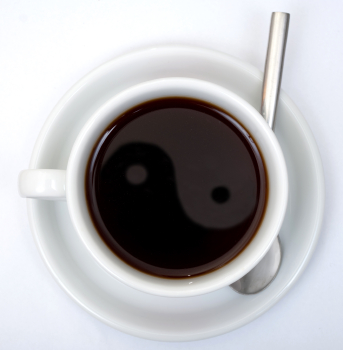 Hey, at least I know where I'm not going! That's where I got the idea for Martial Arts Cafe! There are no rules yet. If you want to come to a meeting of the Martial Arts Cafe send me an email and I'll let you know when it's happening next. A space to fight, unlearn, drink coffee, and deliberately develop a martial arts lifestyle.
Hey, at least I know where I'm not going! That's where I got the idea for Martial Arts Cafe! There are no rules yet. If you want to come to a meeting of the Martial Arts Cafe send me an email and I'll let you know when it's happening next. A space to fight, unlearn, drink coffee, and deliberately develop a martial arts lifestyle.




